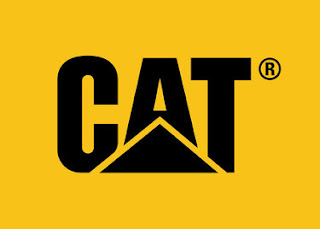CATERPILLAR Manuals PDF
Caterpillar Brand History
Caterpillar's history dates back to the end of the XIX century, when its founders Daniel Best and Benjamin Holt (one at the time had its own independent plants) conducted experiments of using the port of tractors in agriculture (1890). At the turn of the century, they were engaged in the modernization of wheeled tractors in order to increase their maneuverability and patency.
The research of two engineers led to the creation in 1905 of a steam engine for tractors, which was used for cable laying in San Francisco. This was the first time that Caterpillar machines were used in construction work. A year later, the San Francisco earthquake collapses and Caterpillar machinery was involved in eliminating the consequences.
In 1956 Deep Freeze II and Deep Freeze III operations were developed, for which Caterpillar supplies additional equipment (a total of 143 machines were involved in these operations in different periods of time). In the same 1956, part of the American manufacturer's tracked vehicles were transferred to Melbourne, Australia, to begin preparations for the Olympic Games (from that moment all the Olympic games are prepared using the Caterpillar technique).
In 1963, the company Caterpillar and the industrial Japanese company Mitsubishi form one of the first Japanese enterprises, part of whose property is in the hands of the United States. In 1965 the enterprise became the second largest in Japan in the field of heavy industry. For Caterpillar, this was a sure step towards conquering the Asian market.
In 1969, for the mission to the moon Apollo 11, Caterpillar supplies engines for the relevant equipment. In 1973, an office of the American company Caterpillar was opened in Moscow. Recessions in the world market in the late 1970s were difficult for Caterpillar.
1982 was the worst in the company's history, sales fell by 30%, and losses by the end of the year amounted to $ 180 million. The crisis period affected the social policy of the company. Some employees were dismissed, the salary decreased by 10%, investments decreased by 36%. Normalize the work was only possible by 1987.
Then the model range increased by 150 units, but at the same time the staff headquarters was reduced by 40%, which is an undeniable blow to the world producer. The experience of the crisis period helped in 1990 to form 3 whales, on which business is held: budgeting, decentralization and refusal of mass reductions.
In 1997, the American giant Caterpillar merged with Perkins Engines, and the merger of the German company Mak Haforen allowed Caterpillar to take the lead in the diesel engine market.
In 1998, Caterpillar produced a huge truck 797 (there were no analogues in the world), which was tested at a training ground in Arizona.
In a year Caterpillar starts supplying compact construction equipment to the world market, which was presented at the world exhibition CONEXPO as a response to the changed needs of customers.
In the 21st century, Caterpillar continued the policy of successful production. After the terrorist attack in 2001, within a few hours, Caterpillar dealers have teamed up to jointly supply equipment to the scene.
In 2003, Caterpillar was the first in the world to supply clean diesel engines, the full size of which was presented later in 2004.
Caterpillar today is a global manufacturer of mining and construction equipment, industrial gas turbines, diesel engines and natural gas engines.


No comments:
Post a Comment